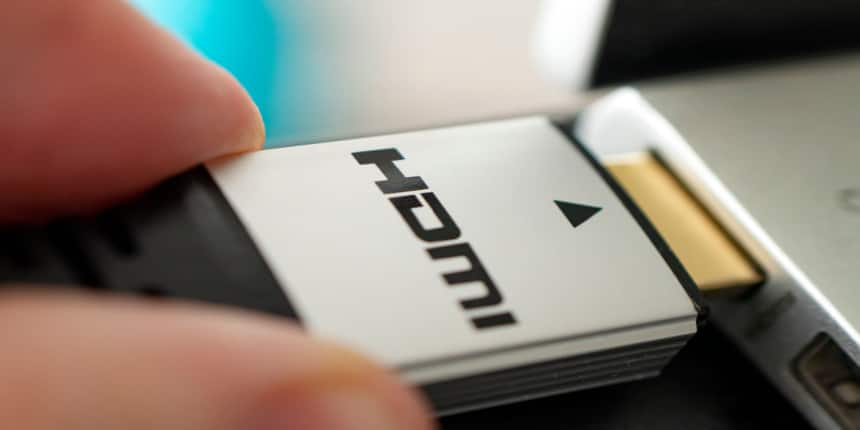HMDI Full Form
What is the full form of HDMI?
High Definition Multimedia Interface is what HDMI stands for. It is an all-digital audio-video interface that sends uncompressed video data, compressed or uncompressed digital data, and other signals from a source device that complies with HDMI to a computer display, video projector, digital television, etc. It is the digital replacement for the long-established analogue video and audio standards utilised frequently. Late in 2003, consumer HDMI started to be produced. Since then, other HDMI versions have been created and launched; each includes a cable and connector.
- What is the full form of HDMI?
- Advantages of HMDI
- Limitations of HDMI

Advantages of HMDI
You don't need separate audio wires because it transmits both visual and audio signals.
It enables you to create several connections with a minimal number of wires, streamlining the connection procedure and getting rid of excess cable clutter.
The newest laptops and computers include HDMI connections so that you may use your Television as a computer monitor.
Using a unique adaptor that enables more connection choices, it may be converted to DVI(Digital Visual Interface).
It supports various audio formats, including multi-channel surround sound and regular stereo.
It can accommodate high-definition video formats (720p, 1080i etc.). It can support standard definition formats like PAL(Phase Alternate Line) or NTSC(National Television Standard Committee) and enhanced definition ones like 480p.
Limitations of HDMI
While HDMI category 2 only transmits over a distance of around 10 metres, HDMI category 1 transmits data over a distance of roughly 35 metres.
Delays in authentication might frequently result in blank screens.
Compared to analogue cables, HDMI cables are more expensive.
Running many programmes simultaneously across various sites is difficult.
For series DVI connectivity, a separate audio wire must be used. In addition, an HDMI-DVI adapter is needed.